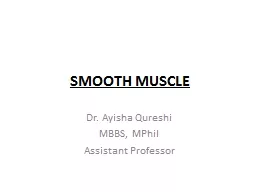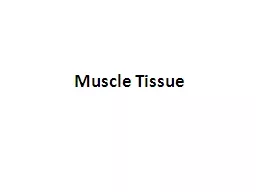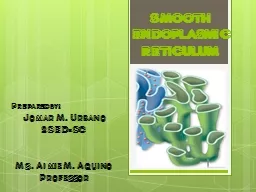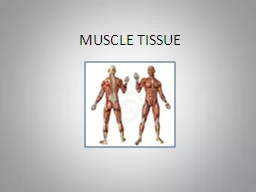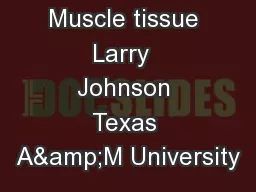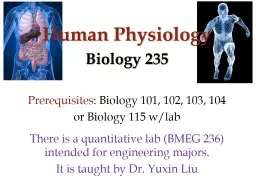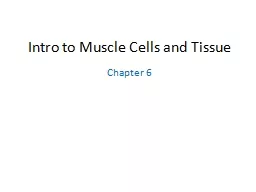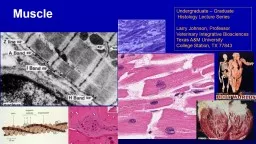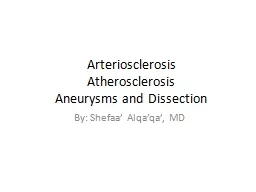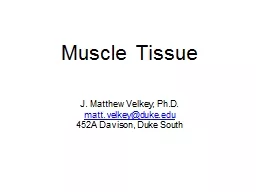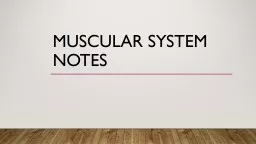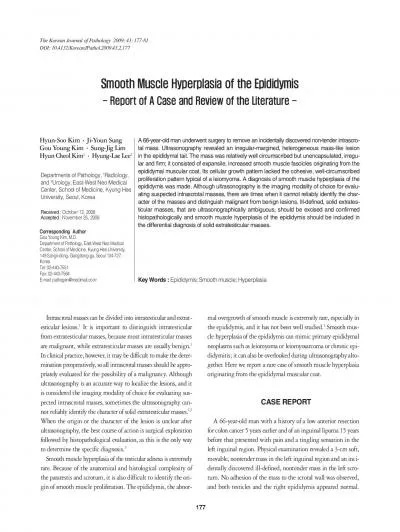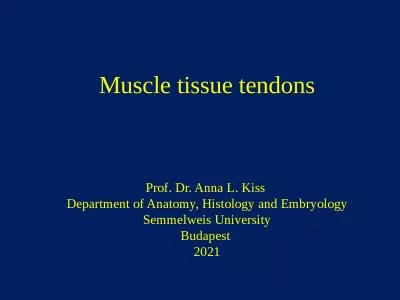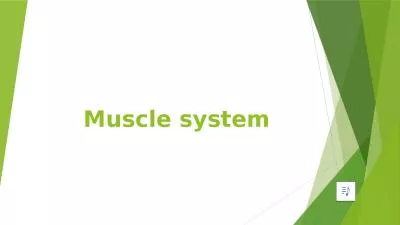PPT-SMOOTH MUSCLE
Author : ellena-manuel | Published Date : 2016-07-15
Dr Ayisha Qureshi MBBS MPhil Assistant Professor CLASSIFICATION OF SMOOTH MUSCLES UNITARY SINGLE UNITSYNCYTIALVISCERAL Muscles of visceral organs eg GIT uterus
Presentation Embed Code
Download Presentation
Download Presentation The PPT/PDF document "SMOOTH MUSCLE" is the property of its rightful owner. Permission is granted to download and print the materials on this website for personal, non-commercial use only, and to display it on your personal computer provided you do not modify the materials and that you retain all copyright notices contained in the materials. By downloading content from our website, you accept the terms of this agreement.
SMOOTH MUSCLE: Transcript
Download Rules Of Document
"SMOOTH MUSCLE"The content belongs to its owner. You may download and print it for personal use, without modification, and keep all copyright notices. By downloading, you agree to these terms.
Related Documents

